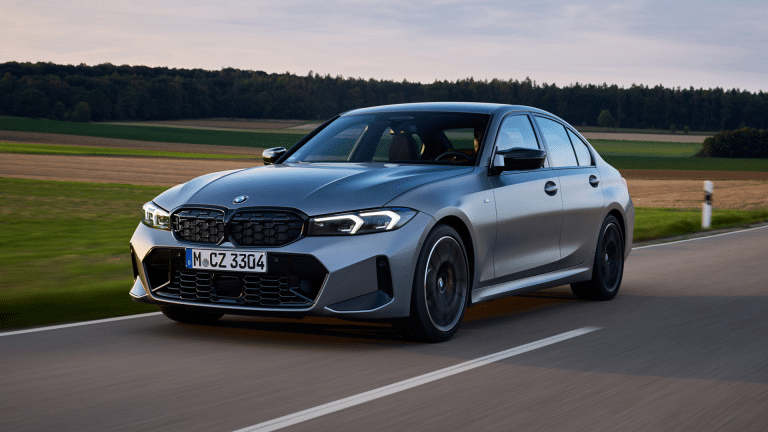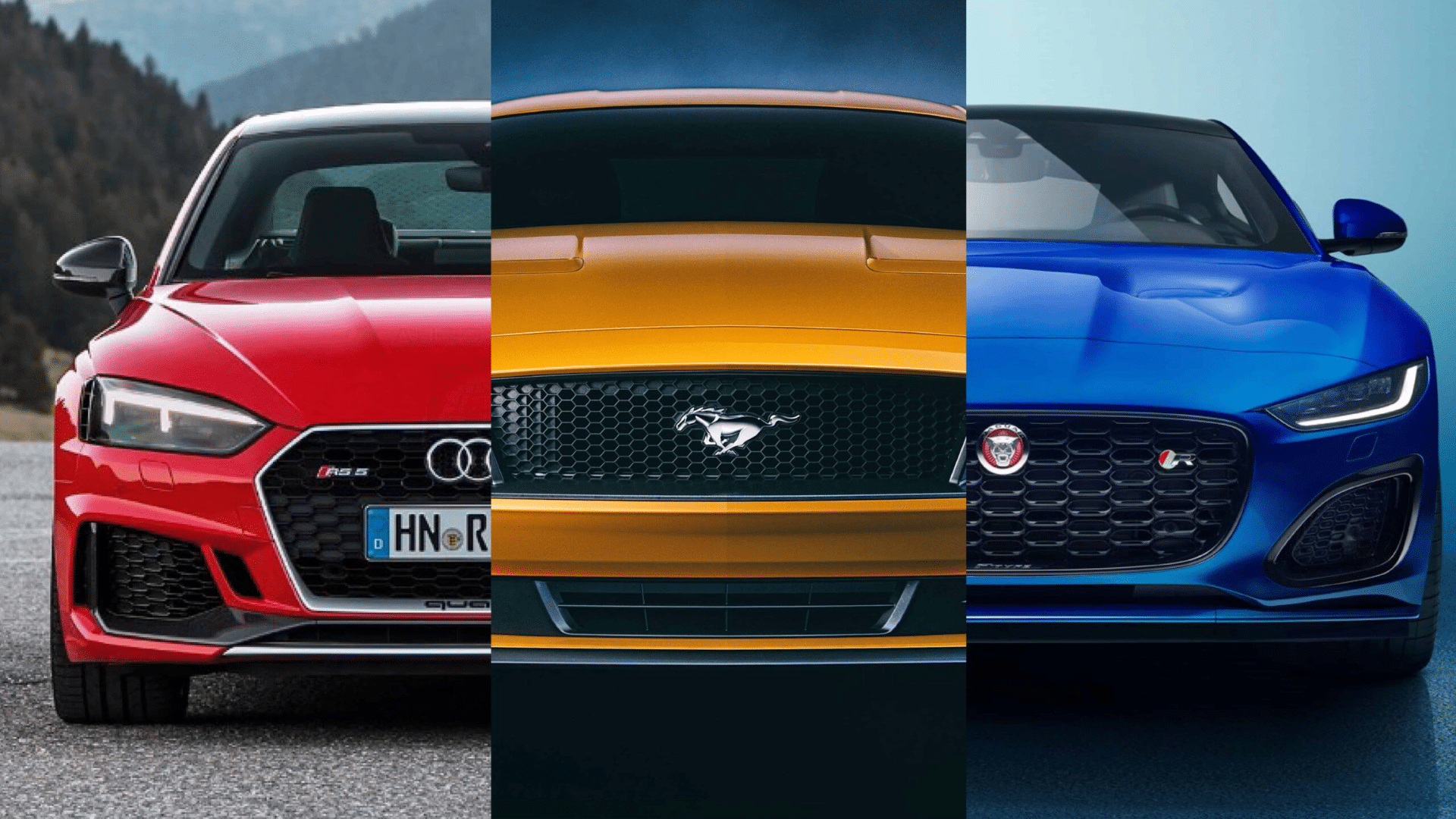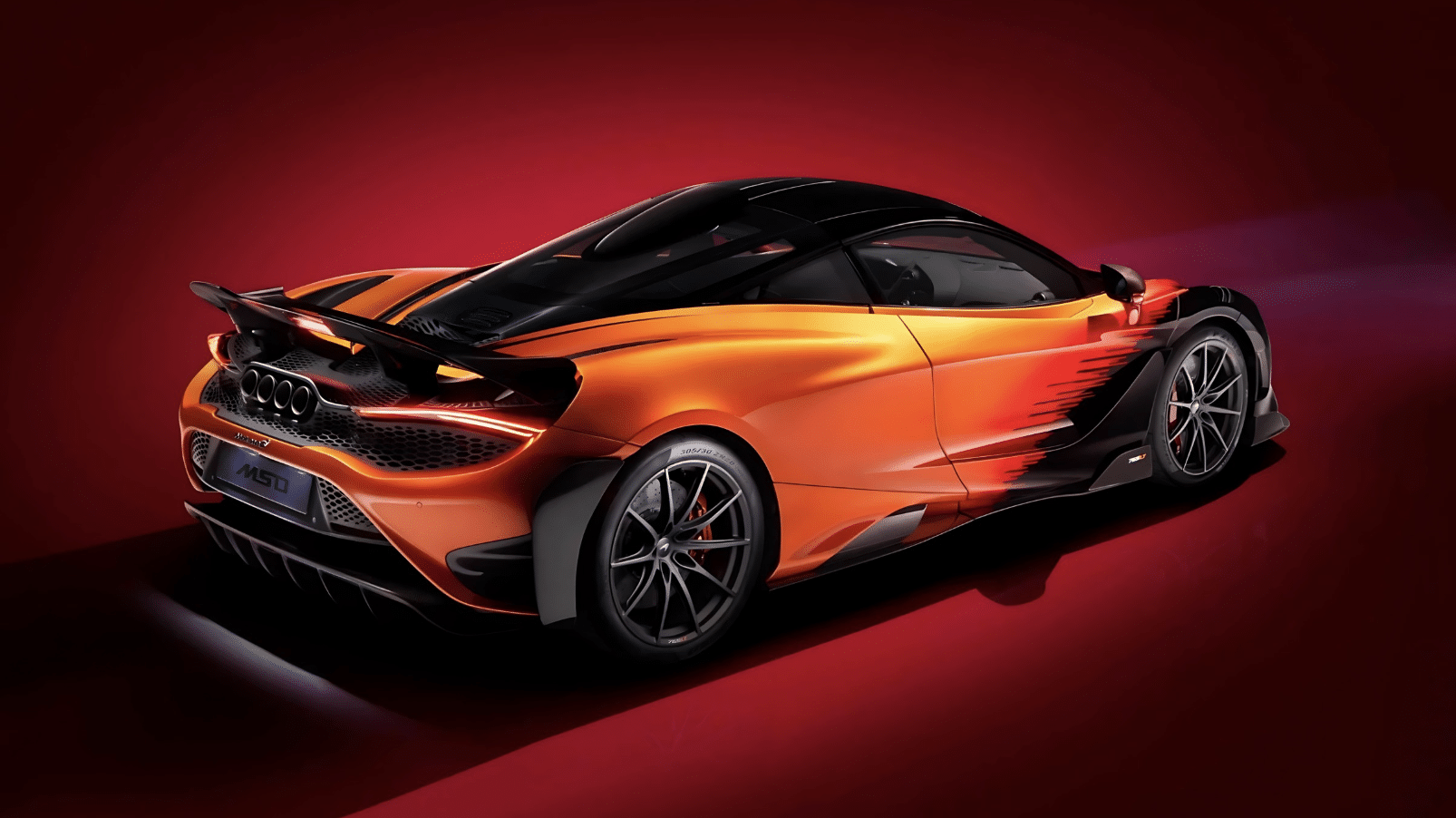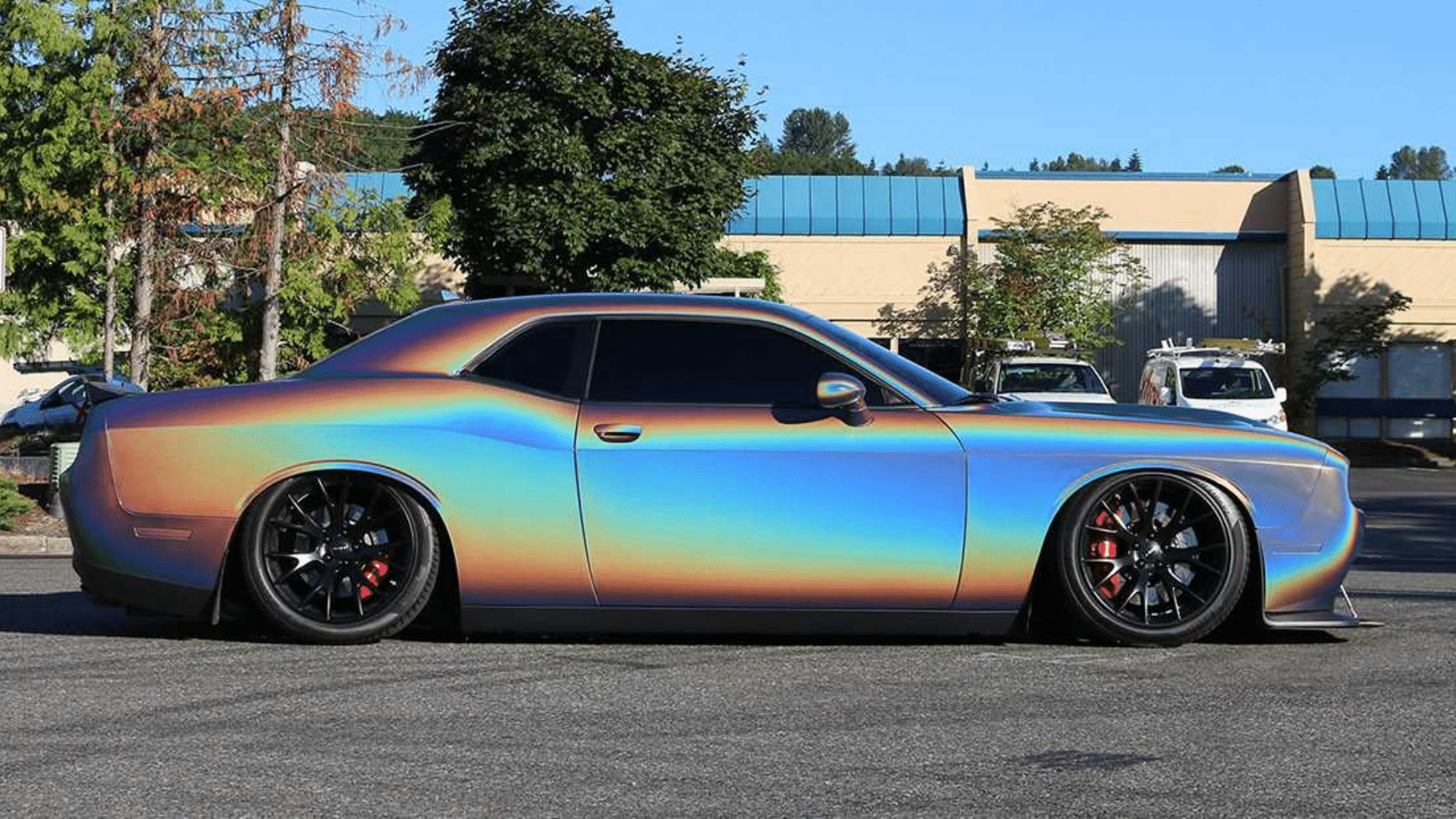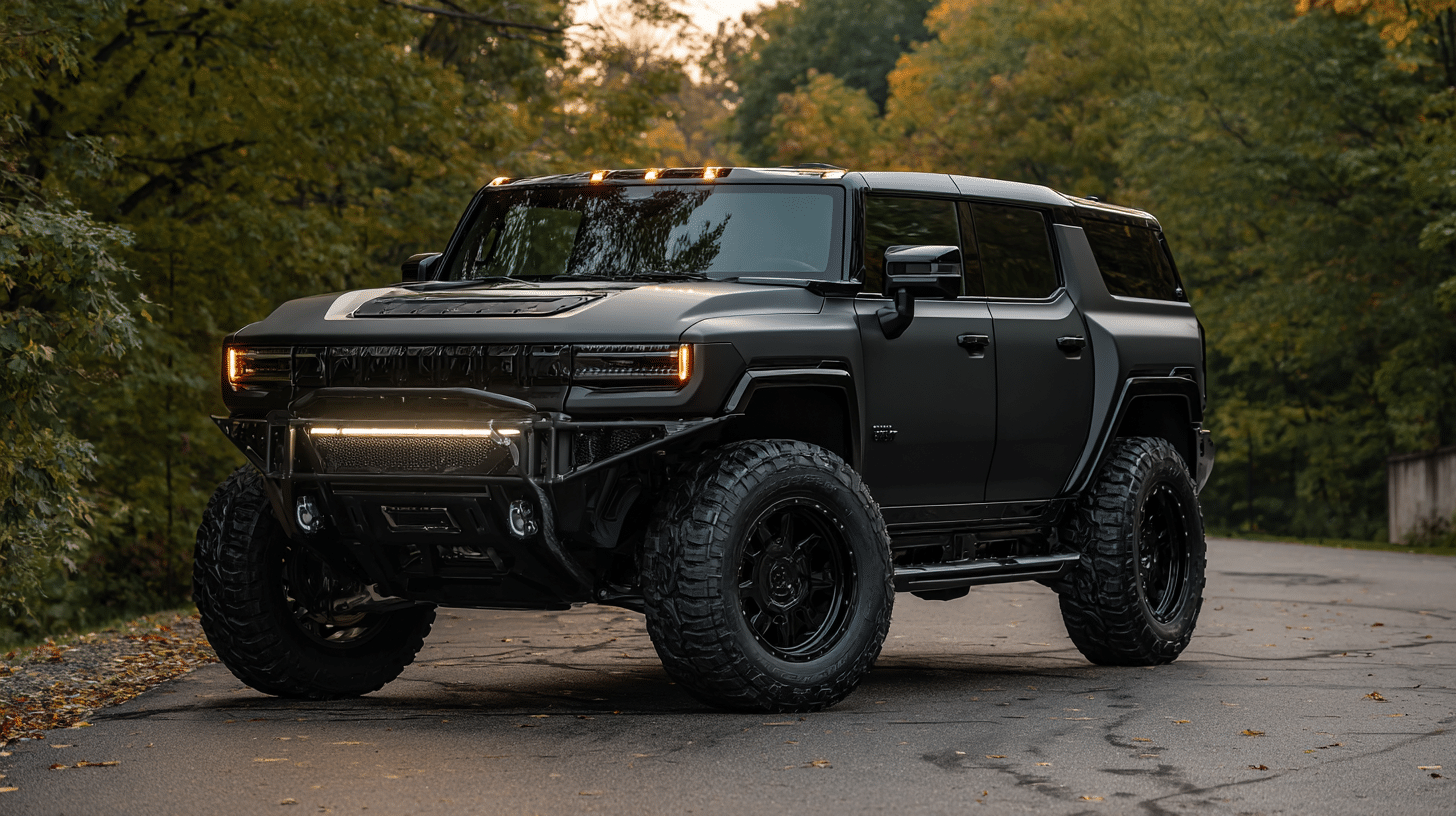I’ve always loved the sleek look and strong performance of BMWs, but I kept hearing questions like, “Are BMWs actually made in Germany?” That made me curious, so I dug in to learn more.
BMW is definitely a German brand, with its roots, design, and leadership based in Munich. But as I found out, the cars themselves aren’t always built there.
BMW has factories located around the world, including in the U.S., China, South Africa, and other countries.
In this blog, I’ll walk you through what makes BMW German, where the cars are actually assembled, how to check a car’s origin using the VIN, and tips for buyers who care about the country of build.
What Does BMW Stand For and Is It a German Company?
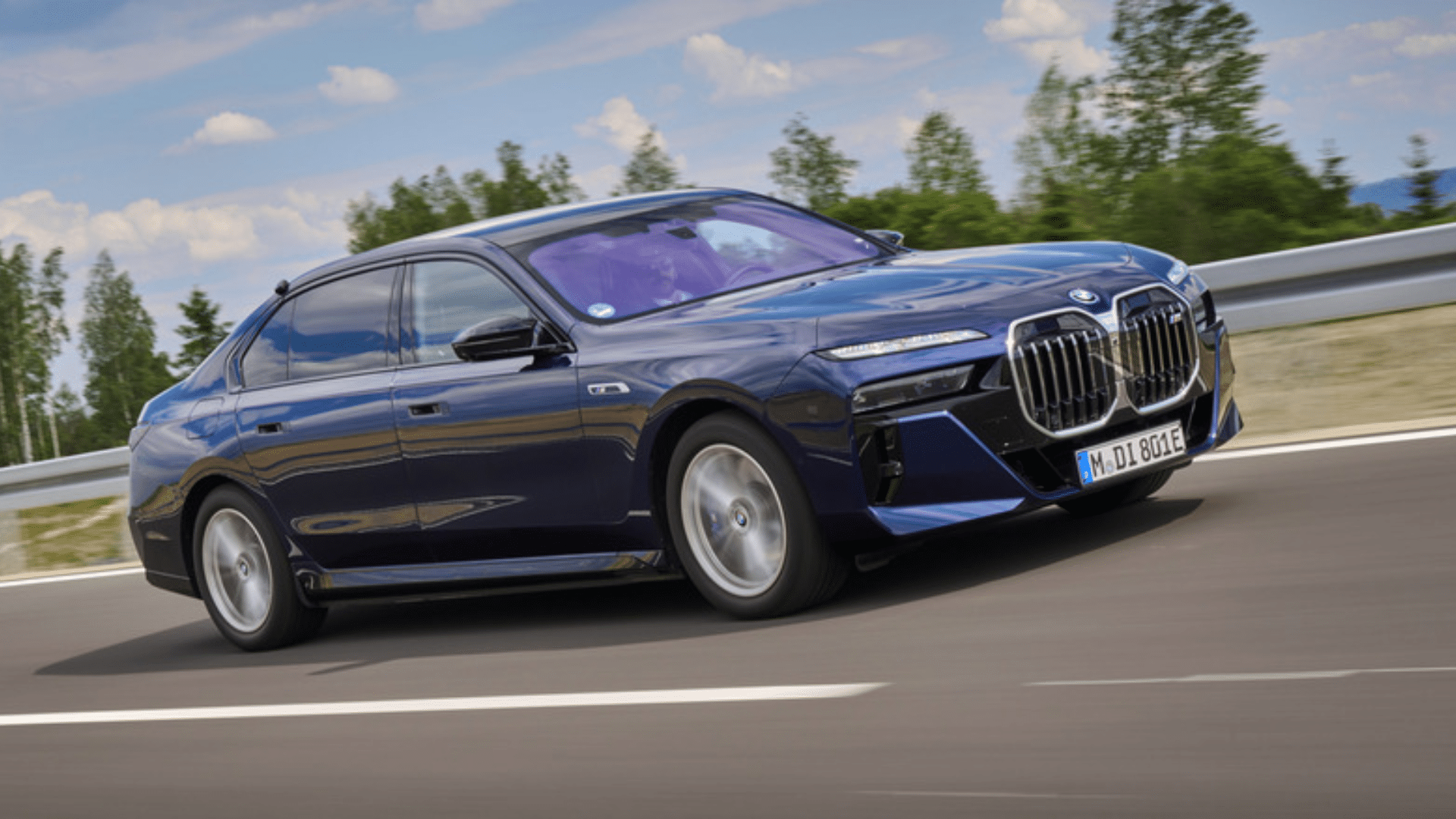
BMW stands for Bayerische Motoren Werke, which means Bavarian Motor Works in English. And yes, BMW is a German company through and through. It’s officially headquartered in Munich, Bavaria, where it was founded in 1916.
BMW maintains its core engineering, design, and research and development (R&D) operations in Germany, ensuring that its vehicles reflect the German tradition of precision, performance, and quality.
While BMW has expanded globally with manufacturing sites in the U.S., China, and other countries, its central leadership, innovation decisions, and brand philosophy still come from its German base.
The company also owns iconic German brands like MINI (built in the UK but German-owned) and Rolls-Royce Motor Cars.
So although BMW builds cars worldwide, its heart, strategy, and identity remain proudly German, anchored in the same region where it all began.
Where BMW Builds Cars in Germany?
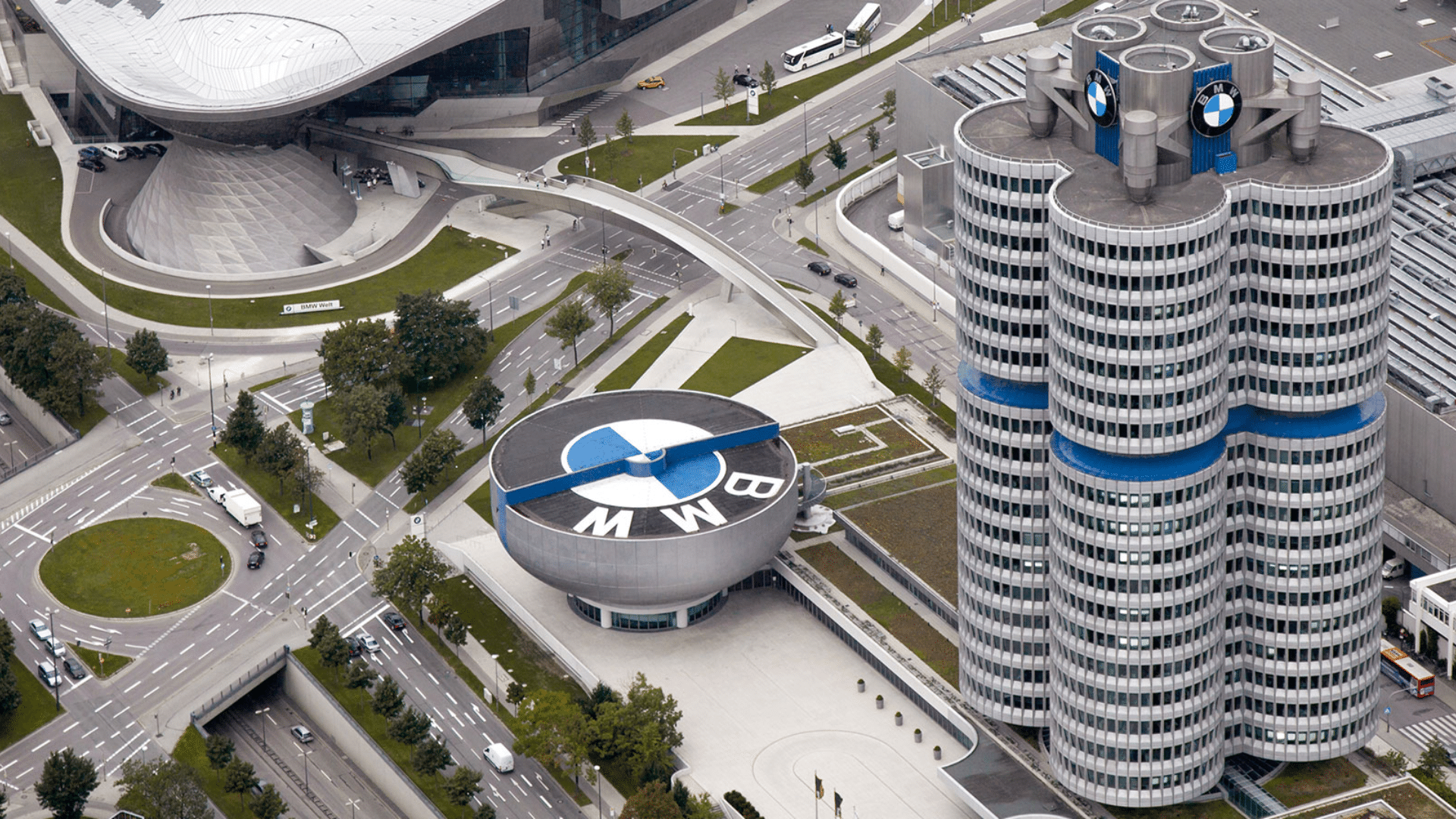
BMW’s German manufacturing network plays a major role in the brand’s global success. Its Munich plant, located near the headquarters, builds popular models like the 3 Series and fully electric i4.
Dingolfing, BMW’s largest production site in Europe, makes luxury sedans like the 5, 7, and 8 Series, plus the iX electric SUV.
In Regensburg, you’ll find the X1 and X2 being assembled, including plug-in hybrid versions.
The Leipzig plant is known for producing the innovative electric i3 (now discontinued) and the sporty 1 and 2 Series.
Landshut, meanwhile, doesn’t build complete cars but focuses on making advanced components like engines, electric drive systems, and lightweight body parts.
Together, these factories demonstrate BMW’s commitment to quality and innovation, preserving German craftsmanship across multiple locations and model lines.
Dingolfing Plant: BMW’s Largest Factory
The Dingolfing Plant, situated in Bavaria, is BMW’s largest manufacturing site in Europe and a key hub for luxury and electric models.
This massive facility produces high-end vehicles like the 5 Series, 7 Series, and 8 Series, as well as the fully electric i5 and iX.
Known for its scale and efficiency, the plant rolls out over 1,300 vehicles per day, showcasing German engineering at its best.
It’s also home to one of BMW’s most advanced battery assembly lines, supporting the brand’s electric vehicle expansion.
In addition to car production, the plant manufactures chassis and drivetrain components that are used in other BMW factories around the world.
With over 17,000 employees, Dingolfing reflects BMW’s commitment to innovation, quality, and the future of sustainable mobility- all rooted in German precision.
BMW Manufacturing in Other Countries
BMW builds cars in several countries outside Germany, including the USA, China, Mexico, and South Africa, to serve global markets efficiently.
| Plant Location | Country | Models Produced | Notable Details |
|---|---|---|---|
| Spartanburg, South Carolina | USA | X3, X4, X5, X6, X7, XM | BMW’s largest plant globally exports to over 120 countries |
| Rosslyn, Pretoria | South Africa | 3 Series | First BMW plant outside Germany; operational since 1973 |
| Shenyang (Tiexi & Dadong) | China | 3 Series (long-wheelbase), 5 Series, i3, X1, iX3 | Operated under the BMW Brilliance joint venture; focused on the Chinese market |
| San Luis Potosí | Mexico | 3 Series, 2 Series Gran Coupé | Opened in 2019, built with a sustainability focus and modern tech |
| Oxford | United Kingdom | MINI models | Home of the MINI brand; part of BMW Group |
| Chennai | India | 2 Series Gran Coupé, 3 Series, 5 Series, X1–X7 | Assembles both local and imported kits for the Indian market |
| Rayong | Thailand | 3 Series, 5 Series, 7 Series, X1–X5 | Produces for Southeast Asia, local and export production |
| Araquari | Brazil | 3 Series, X1, X3, X4 | Serves Brazilian and Latin American markets |
Spartanburg: BMW’s U.S. Manufacturing Hub
Located in Greer, Spartanburg, South Carolina, BMW’s U.S. manufacturing plant is the company’s largest worldwide. This facility exclusively produces all X-series SUVs, including the X3, X4, X5, X6, X7, and XM models.
The plant spans over 7 million square feet and employs thousands of workers, supporting BMW’s strong presence in the American market.
It exports more vehicles by value than any other U.S. auto plant, reaching over 120 countries.
The Spartanburg plant plays a crucial role in BMW’s global strategy by meeting high demand for SUVs while reinforcing the brand’s luxury image.
The plant also integrates advanced manufacturing technologies and sustainability practices, including battery assembly for plug-in hybrid models.
With its scale and innovation, Spartanburg stands as a key symbol of BMW’s commitment to localized production and its strong ties to the American automotive landscape.
Models Built in the U.S.
BMW builds its X-series SUVs, including the X3 through X7, at its Spartanburg, South Carolina, plant for both domestic use and global export.
| Model | Built At | Exported To |
|---|---|---|
| X3 | Spartanburg, SC, USA | Over 140 countries, including China and Europe |
| X4 | Spartanburg, SC, USA | Over 140 countries, including China and Europe |
| X5 | Spartanburg, SC, USA | Over 140 countries, including China and Europe |
| X6 | Spartanburg, SC, USA | Over 140 countries, including China and Europe |
| X7 | Spartanburg, SC, USA | Over 140 countries, including China and Europe |
Worldwide BMW Factories and What They Build
BMW operates factories across several continents, including Asia, Europe, Africa, and the Americas, to serve regional markets and expand its global production.
- China (Shenyang/Tiexi): Produces BMW models for the Chinese domestic market, including the 3 Series and electric vehicles.
- Mexico (San Luis Potosí): Manufactures the 3 Series sedan, serving markets across the Americas.
- South Africa (Rosslyn): Builds the X3 SUV and exports to markets like Europe and Australia.
- India (Chennai): Assembles various BMW and MINI models for the Indian market.
- Thailand (Rayong): Produces BMW sedans and motorcycles for Southeast Asia.
- United Kingdom (Oxford, Hams Hall, Swindon): Focused on MINI production and engine manufacturing.
- Brazil (Araquari): Builds select models like the 3 Series and X1 for Latin America.
- Austria (Graz – Magna Steyr): Contracted plant building the BMW Z4 and 5 Series.
- Egypt, Indonesia, Malaysia: CKD (Completely Knocked Down) assembly for local markets.
Electric Models & Their Production
BMW’s electric models are produced in Germany, China, and the UK, with key EVs like the iX, i4, and i7 built at German plants such as Dingolfing and Munich.
| Electric Model | Primary Production Plant | Country | Notes |
|---|---|---|---|
| BMW i3 | Leipzig | Germany | Discontinued in 2022, formerly produced in Leipzig. |
| BMW i4 | Munich | Germany | Built alongside the 3 Series, the all-electric Gran Coupé. |
| BMW iX | Dingolfing | Germany | BMW’s flagship electric SUV. |
| BMW i5 | Dingolfing | Germany | Electric version of the 5 Series. |
| BMW i7 | Dingolfing | Germany | Luxury electric sedan; part of the 7 Series line. |
| BMW iX1 | Regensburg | Germany | Compact electric SUV; also made in China. |
| BMW iX3 | Shenyang (Tiexi plant) | China | Built by BMW-Brilliance joint venture; not sold in the U.S. |
| MINI Electric | Oxford | UK | MINI Cooper SE; full-electric version. |
| BMW Neue Klasse EVs | Debuting from 2025 in Debrecen & Munich | Hungary, Germany | Upcoming EV architecture for next-gen models. |
Additional Global Plants
BMW supplements its main factories with partner-operated and regional assembly plants in countries like Austria, Brazil, Malaysia, and Hungary.
- Austria (Graz): Magna Steyr assembles models like the BMW Z4 and Toyota Supra under contract.
- Brazil (Araquari): Produces select models for South America.
- Indonesia: Assembles CKD (completely knocked down) kits for local sale.
- Malaysia: Also uses CKD production for regional markets.
- Hungary (Debrecen): A new plant focused on BMW’s electric architecture.
- Vietnam: BMW vehicles are locally assembled through a partnership with Truong Hai Auto (THACO).
How to Check Where Your BMW Was Made?
To find out where your BMW was made, start by checking the Vehicle Identification Number (VIN). The first character of the VIN reveals the country of manufacture.
For example, “W” indicates Germany, “5” is the USA, and “M” means it was built in Thailand. You can find the VIN on the dashboard (driver’s side) or inside the driver’s door frame.
You can also look at the manufacturer’s label, which lists the assembly location. If you have the owner’s manual or service documents, the factory origin may also be included.
Online VIN decoders can help you verify your car’s build location using the full VIN.
Knowing where your BMW was assembled helps you understand its origin, which matters to many buyers who value the “Made in Germany” quality or want to confirm it came from a specific plant, such as Spartanburg.
Quality and the “Made in Germany” Label
BMW’s reputation for quality is closely tied to its German roots.
- Engineering Precision: German-made BMWs benefit from strict design and quality standards rooted in Munich-based research and development.
- Skilled Labor: German factories employ highly trained workers focused on detail and craftsmanship.
- Material Standards: Local sourcing and strict regulations help ensure high-quality parts and durability.
- Innovation Hub: Germany hosts BMW’s main development centers for engines, electric powertrains, and future technologies.
- Brand Prestige: Many buyers associate “Made in Germany” with luxury, reliability, and long-term value.
- Consistency: German production sites often produce flagship models, setting global quality benchmarks.
- Export Strength: German-built BMWs are exported worldwide, reinforcing global trust in their performance and engineering.
Why BMW Chooses Global Manufacturing?
I learned that BMW builds cars around the world to stay efficient and competitive. Instead of shipping every car from Germany, they set up plants near their biggest customers.
For example, SUVs like the X5 are built in South Carolina because that’s where many buyers are. This saves on shipping and helps avoid tariffs or taxes that some countries place on imports.
It also enables BMW to comply more easily with local rules, such as safety and emissions standards. Global plants also help the company adjust faster when demand changes in different regions.
Although not all BMW cars are made in Germany, the company employs the same engineering standards and quality checks worldwide.
So, by producing closer to buyers, BMW saves money and time, while still keeping that trusted performance and feel.
Conclusion
I’ve always appreciated BMW’s commitment to quality, and now I understand how that commitment extends far beyond Germany.
BMW remains true to its Bavarian roots through its headquarters and engineering, but many of its models are produced at plants around the world, including the U.S., China, and South Africa.
This global strategy enables them to serve drivers more effectively while maintaining their identity. I think it’s a smart mix of tradition and reach.
If you’re curious about where your BMW was built, just check the first few characters of your VIN; it’s easy and pretty revealing. I’d love to know what you find.
Was your BMW made in Germany, the U.S., or somewhere else? Share it with me. It’s always fun to see how far a car has traveled before hitting your driveway.


